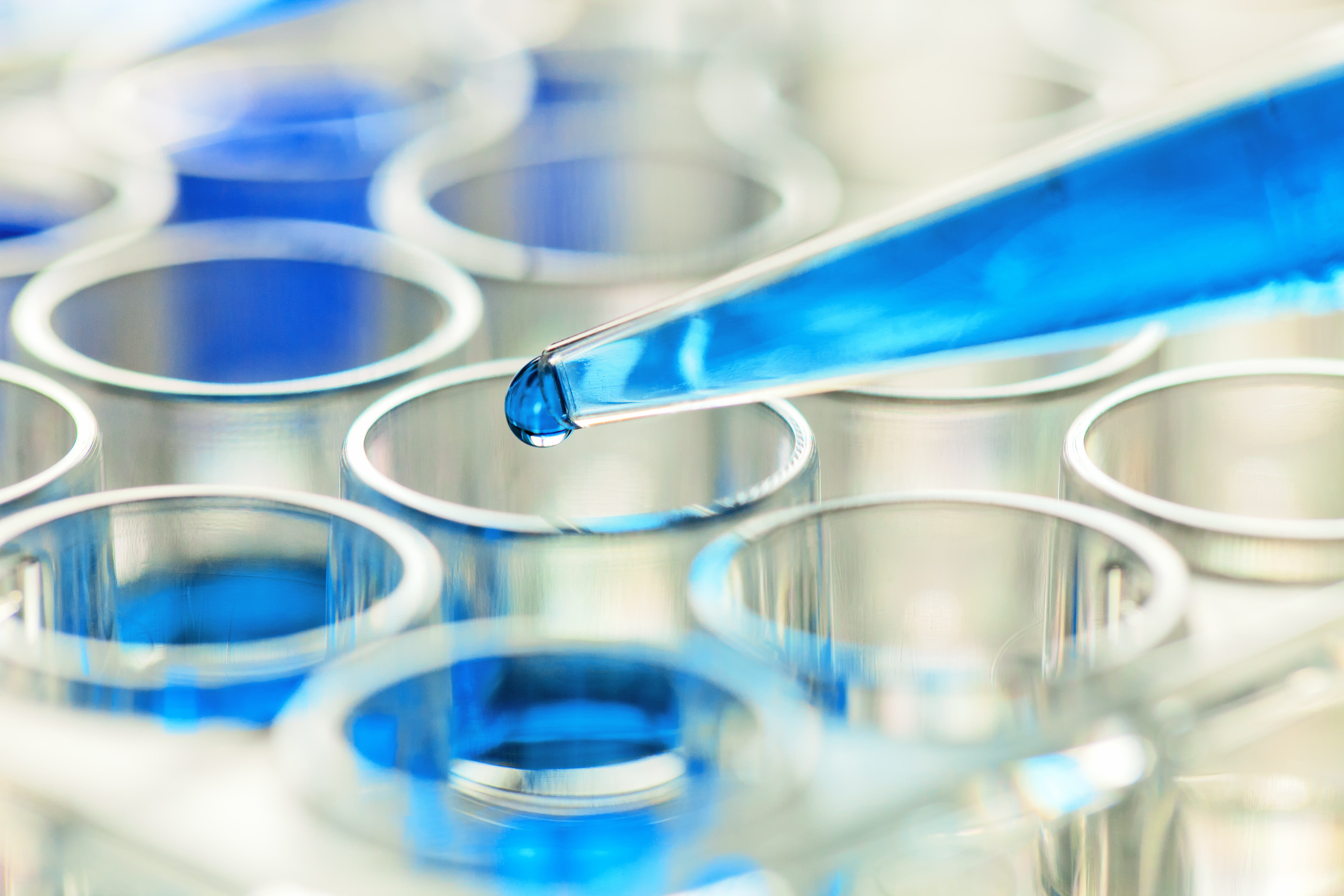

What is it?
Alpha Picoline, also denoted as α-picoline, is a methyl pyridine isomer that is colourless at room temperature and pressure, and gives off a characteristic odour similar to that of pyridine.
Due to its miscibility with water and various organic solvents, alpha picoline is used as an intermediate in the pharmaceutical, agrochemical, and latex manufacturing industries. 2-vinylpyridine is the largest single derivative of alpha picoline.
Are there any risks associated with it?
Alpha Picoline is flammable in both liquid and vapour forms. Acute α-picoline, if absorbed, can be harmful for the skin. Both inhalation and swallowing of this substance can be dangerous, and the eyes, skin, and respiratory system are among the most common targets of alpha picoline.
Where alpha picoline is corrosive to the eyes, skin, and mucous membrane, its vapours irritate the respiratory tract. Prolonged exposure, for instance, from saturated clothing, can cause skin burns or systemic poisoning or both.
Common symptoms of exposure to α-picoline include nausea, headache, dizziness, weakness, nervousness, sleeplessness, narcosis, loss of consciousness, and loss of appetite in humans. Since alpha picoline is corrosive in nature, ingestion in large amounts could cause damage to the throat and mouth.
Handling and storage
Given its hazardous nature, special care is required when working with or handling alpha picoline. When working with alpha picoline, make sure to do so in a well-ventilated area. If the work includes transferring the substance, it is best if you carefully seal and ground the container in question. You must try to avoid contact with the substance the best you can. Containers with alpha picoline in them should be kept away from sparks, heat, or flame. They must then be stored in a cool, dry, and well-ventilated area.
It is necessary that you thoroughly wash yourself after you have worked with this substance.
What to do in case of exposure to α-picoline?
If you are experiencing irritation in your eyes due to exposure to alpha picoline, cleanse them well with water for at least 10-15 minutes. In case of inhalation or ingestion, the first step should be to remove the patient from the contaminated area. However, if it involves absorption by the skin, you must first remove their contaminated clothing to prevent further damage. It is best to rush the patient to a hospital or medical unit as soon as possible.
BIS standardization for Alpha Picoline
The Indian standard for alpha picoline had been revised by the Bureau of Indian Standards, after receiving comments from a leading manufacturer regarding the same. Seeing that Grade 2 alpha picoline (96.5% purity), one of the two grades of this substance original available, was hardly required or produced, the national standard body removed it during revision.
Now, the requirement of the 99.0% pure alpha picoline has been made more severe, alongside upgrading the gas chromatographic method of analysis for this substance.

Written By: Chandrakesh Singh, Scientist ‘C’, PCD